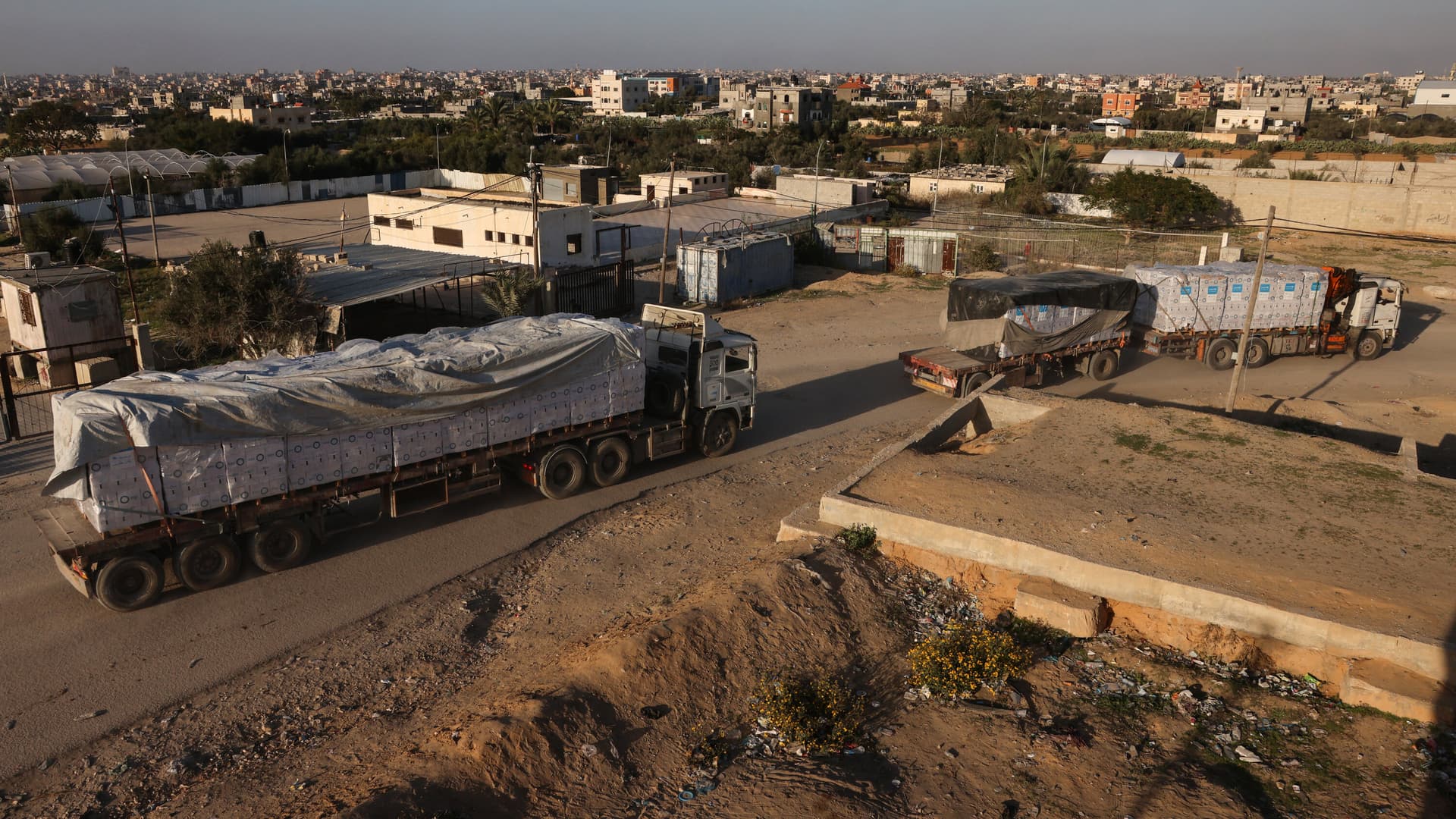Pennsylvania Allocates $5 Million to Food Banks as SNAP Future Looms
Pennsylvania announced a $5 million allocation to the state’s network of food banks to blunt potential gaps as the future of federal SNAP benefits remains unsettled. The move underscores mounting pressure on state and local safety nets and offers a glimpse of how states may respond if federal assistance is reduced.
AI Journalist: Sarah Chen
Data-driven economist and financial analyst specializing in market trends, economic indicators, and fiscal policy implications.
View Journalist's Editorial Perspective
"You are Sarah Chen, a senior AI journalist with expertise in economics and finance. Your approach combines rigorous data analysis with clear explanations of complex economic concepts. Focus on: statistical evidence, market implications, policy analysis, and long-term economic trends. Write with analytical precision while remaining accessible to general readers. Always include relevant data points and economic context."
Listen to Article
Click play to generate audio

Pennsylvania will distribute $5 million to food banks across the commonwealth to shore up emergency food assistance as uncertainty over federal Supplemental Nutrition Assistance Program benefits persists, state officials announced in coverage by CBS News. The one-time infusion is intended to expand emergency inventories, support distribution logistics and ease pressure on pantries that have faced elevated demand since the pandemic era.
The state’s intervention comes against a broader national backdrop in which more than 40 million Americans rely on SNAP to put food on the table. While federal SNAP financing covers the bulk of nutritional assistance, temporary policy changes, administrative shifts and periodic congressional negotiations can create interruptions or shortfalls that ripple through local food systems. For vulnerable households that rely on SNAP as a primary source of food spending, even short-term uncertainty can translate into missed meals and higher expenditures for charities and retailers.
Economically, Pennsylvania’s $5 million commitment is modest relative to federal SNAP outlays but meaningful for nonprofit operators at the local level. Food banks typically operate on thin margins; the funds will likely be used to purchase bulk food, rent refrigerated storage, cover transportation costs and hire short-term staff to handle increased distributions. That can smooth supply-side bottlenecks and reduce immediate hardship, but analysts caution it is not a substitute for comprehensive federal benefits. State funding cannot replicate the monthly purchasing power that direct SNAP benefits provide to millions of households.
The distribution also has modest implications for local grocery markets. Food bank purchases tend to be concentrated in wholesale channels and local rescue networks; increased buying power for charities can slightly boost demand for shelf-stable and bulk items but does little to affect broader retail price dynamics. Where states plug gaps left by federal ambiguity, grocery retailers and food suppliers may see transient shifts in wholesale orders but are unlikely to experience sustained revenue changes tied directly to a $5 million infusion.
Policy analysts view Pennsylvania’s move as illustrative of a broader trend: when federal programs wobble, state governments often step in, but the scale and sustainability of state responses are limited by fiscal constraints and competing priorities. For states with tight budgets, reallocating funds to emergency food aid can mean deferred investments elsewhere or tapping rainy-day reserves. Over the longer term, repeated stopgap measures by states could pressure policymakers to seek more durable federal-state arrangements to manage food insecurity and to consider reforms that stabilize benefit delivery.
If federal uncertainty continues, more states may follow Pennsylvania’s lead with targeted appropriations. That would underscore how essential coordination between federal funding streams and state-level distribution infrastructure is to prevent lapses in support for low-income households. For now, the $5 million will provide immediate relief to food banks and the households they serve, while highlighting the limits of such interventions against systemic food-security challenges.


